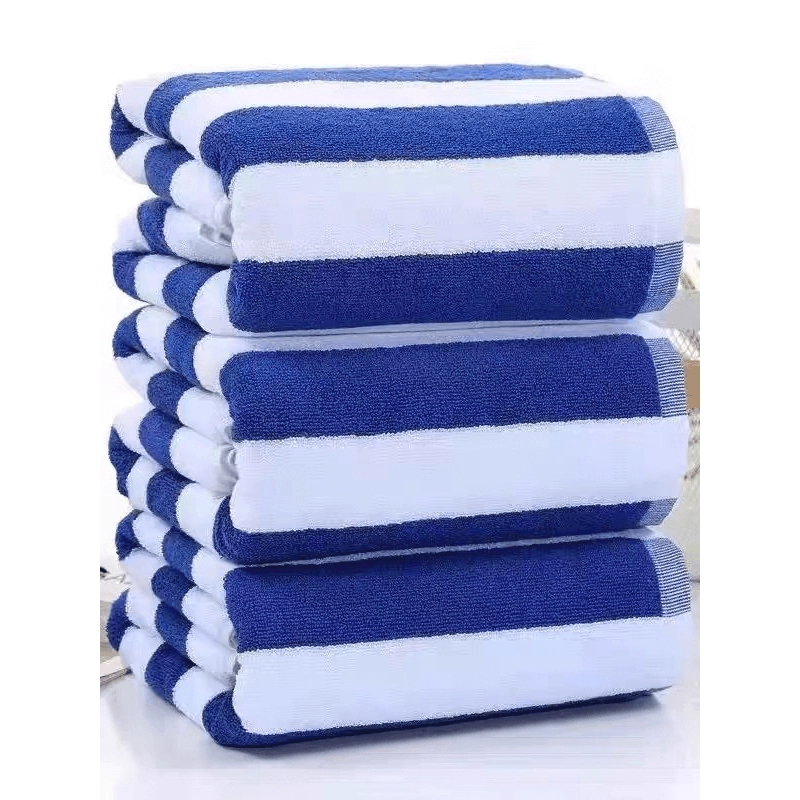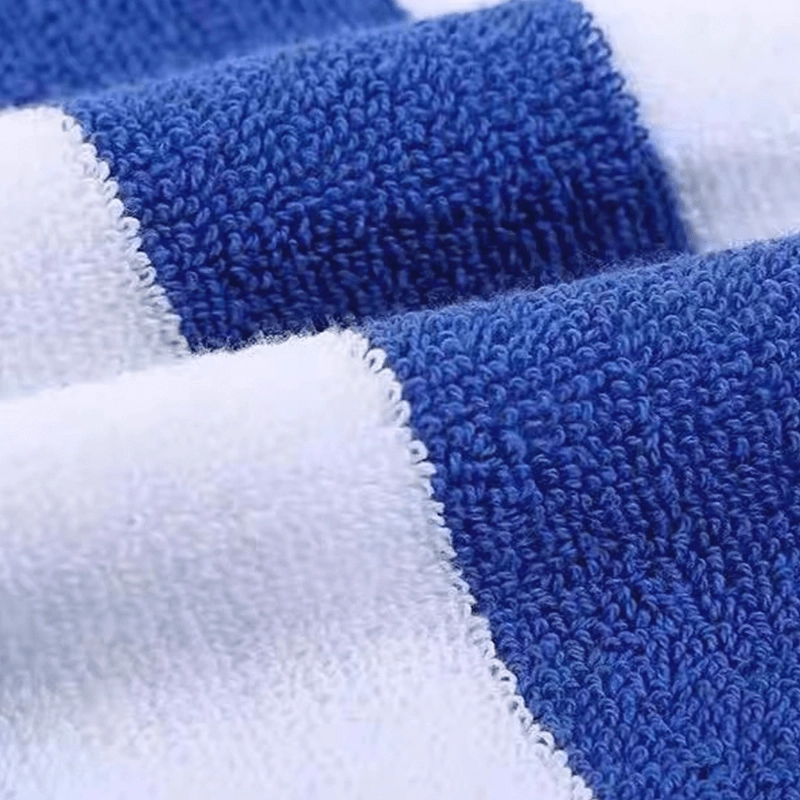







Hotel linens are one of the unsung heroes of the hospitality industry. They are integral to guest comfort, hygiene, and the overall aesthetic appeal of any lodging establishment. But what exactly constitutes hotel linen, and why is it so critical? This article will explore the definition, types, materials, care, and significance of hotel linens.
At its core, hotel linen refers to all fabric-based items used in hotels to provide comfort, hygiene, and style for guests. This broad category encompasses bed sheets, pillowcases, duvet covers, mattress protectors, towels, bathrobes, tablecloths, and napkins, among others. Unlike everyday household linens, hotel linens are designed to withstand rigorous use and frequent washing while maintaining a pristine appearance.
These textiles are manufactured with specific characteristics that differentiate them from typical household linens. Durability, colorfastness, softness, and ease of maintenance are paramount. The quality of hotel linen significantly impacts guest experience and can influence reviews and repeat bookings. Thus, hotels invest in textiles that combine comfort with operational efficiency.
Hotel linens come in a variety of types, each serving a distinct function in the guest experience:
This category includes fitted sheets, flat sheets, pillowcases, and duvet covers. Bedding linens are typically made from cotton or cotton blends with high thread counts to enhance softness and durability. Luxury hotels may opt for Egyptian cotton or sateen weave for a premium feel.
Bathroom linens encompass towels, washcloths, bath mats, and bathrobes. These items require high absorbency and quick drying properties. Turkish cotton or combed cotton with dense weaving is commonly used due to its plush texture and durability.
Hotels with in-house dining facilities often use tablecloths, napkins, and placemats as part of their hotel linen inventory. These linens must be stain-resistant and easy to clean while contributing to the overall decor and ambiance of the dining area.

The choice of fabric is crucial in hotel linens. The most common materials include:
Cotton: Renowned for its breathability, softness, and moisture-wicking properties, cotton is the preferred material for most hotel bedding and towels.
Polyester and Cotton Blends: These blends offer increased wrinkle resistance and durability, making them cost-effective and easier to maintain.
Linen: Derived from flax fibers, linen offers a luxurious texture and natural moisture-wicking ability, though it wrinkles easily.
Microfiber: A synthetic fabric known for its durability, stain resistance, and quick drying, microfiber is often used in budget hotels or for specific applications.
Each material offers a unique balance of comfort, cost, and maintenance requirements. Hotels select materials based on their brand positioning and operational needs.
Hotel linens play a pivotal role in guest satisfaction. Clean, fresh, and comfortable linens are often one of the first things a guest notices upon entering their room. Crisp sheets and fluffy towels convey a sense of cleanliness and luxury. Moreover, linens directly affect sleep quality and overall comfort, which are critical factors in a guest’s stay.
Beyond guest perception, hotel linens also contribute to hygiene standards. Frequent laundering with industrial cleaning agents ensures that linens meet strict sanitation requirements, reducing the risk of infections and allergies. Investing in high-quality linens with antimicrobial properties is becoming increasingly popular in the hospitality sector.
Maintaining hotel linens requires specialized care to prolong their lifespan and keep them in optimal condition. Hotels employ industrial laundry services with rigorous washing, drying, and folding protocols. Key considerations include:
Washing Temperature: Hot water and commercial detergents help remove stains and bacteria effectively.
Drying Methods: Proper drying prevents mildew and maintains fabric integrity.
Stain Removal: Hotels use professional-grade stain removers to maintain a spotless appearance.
Rotation and Replacement: Frequent rotation of linen sets prevents excessive wear, and timely replacement ensures guest satisfaction.
A well-maintained linen inventory reduces long-term costs and upholds hotel standards.

Thread count typically ranges from 200 to 800 for hotel linens. Most hotels use linens with thread counts between 250 and 400, balancing softness, durability, and cost.
Replacement frequency depends on usage and care but generally occurs every 18 to 24 months to maintain quality and hygiene.
Yes. Hotel linens are manufactured for higher durability, frequent laundering, and better stain resistance than typical household linens.
Turkish cotton and Egyptian cotton are preferred for their absorbency and softness, though cotton-polyester blends may be used in budget settings.
| Linen Type | Common Materials | Key Features | Typical Thread Count | Durability | Cost Range |
|---|---|---|---|---|---|
| Bedding Sheets | Cotton, Cotton Blend | Softness, Breathability | 250 - 400 | High | Medium - High |
| Towels | Turkish Cotton, Microfiber | Absorbency, Quick Drying | N/A | High | Medium |
| Table Linens | Cotton, Polyester | Stain Resistance, Elegance | N/A | Medium | Medium |
| Bathrobes | Cotton, Terry Cloth | Plush Texture, Comfort | N/A | Medium | Medium - High |
In summary, hotel linens are a vital component of the hospitality industry, directly impacting guest comfort, hygiene, and the overall impression of a hotel. From the choice of materials to the care and maintenance, every aspect of hotel linen management requires attention to detail and strategic planning. By understanding what hotel linens are and their role, hospitality professionals can enhance guest satisfaction and uphold brand reputation.
